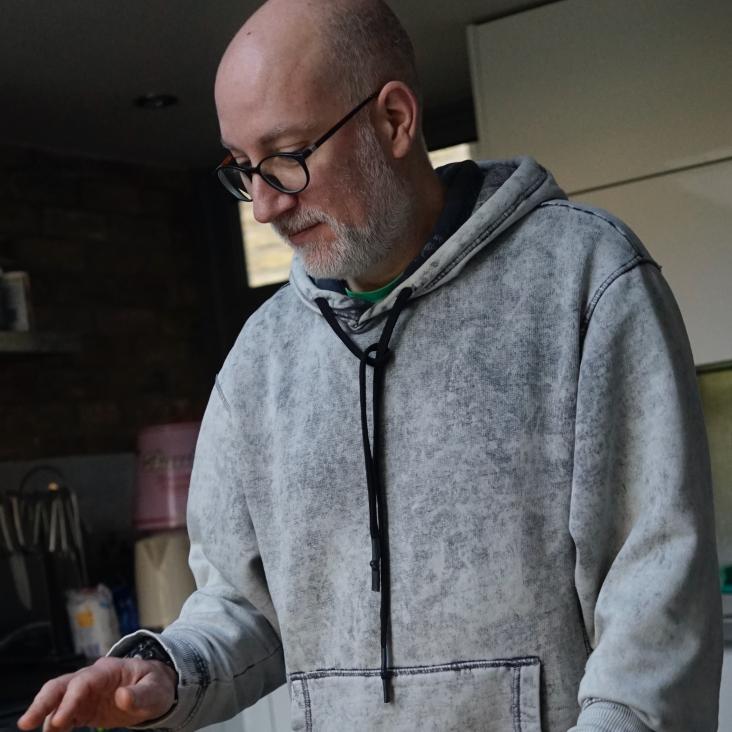Impact of radiation feedback on the formation of globular cluster candidates during cloud–cloud collisions
Abstract:
To understand the impact of radiation feedback during the formation of a globular cluster (GC), we simulate a head-on collision of two turbulent giant molecular clouds (GMCs). A series of idealized radiation-hydrodynamic simulations is performed, with and without stellar radiation or Type II supernovae. We find that a gravitationally bound, compact star cluster of mass MGC ∼ 105 M⊙ forms within ≈3 Myr when two GMCs with mass MGMC = 3.6 × 105 M⊙ collide. The GC candidate does not form during a single collapsing event but emerges due to the mergers of local dense gas clumps and gas accretion. The momentum transfer due to the absorption of the ionizing radiation is the dominant feedback process that suppresses the gas collapse, and photoionization becomes efficient once a sufficient number of stars form. The cluster mass is larger by a factor of ∼2 when the radiation feedback is neglected, and the difference is slightly more pronounced (16%) when extreme Lyα feedback is considered in the fiducial run. In the simulations with radiation feedback, supernovae explode after the star-forming clouds are dispersed, and their metal ejecta are not instantaneously recycled to form stars.


